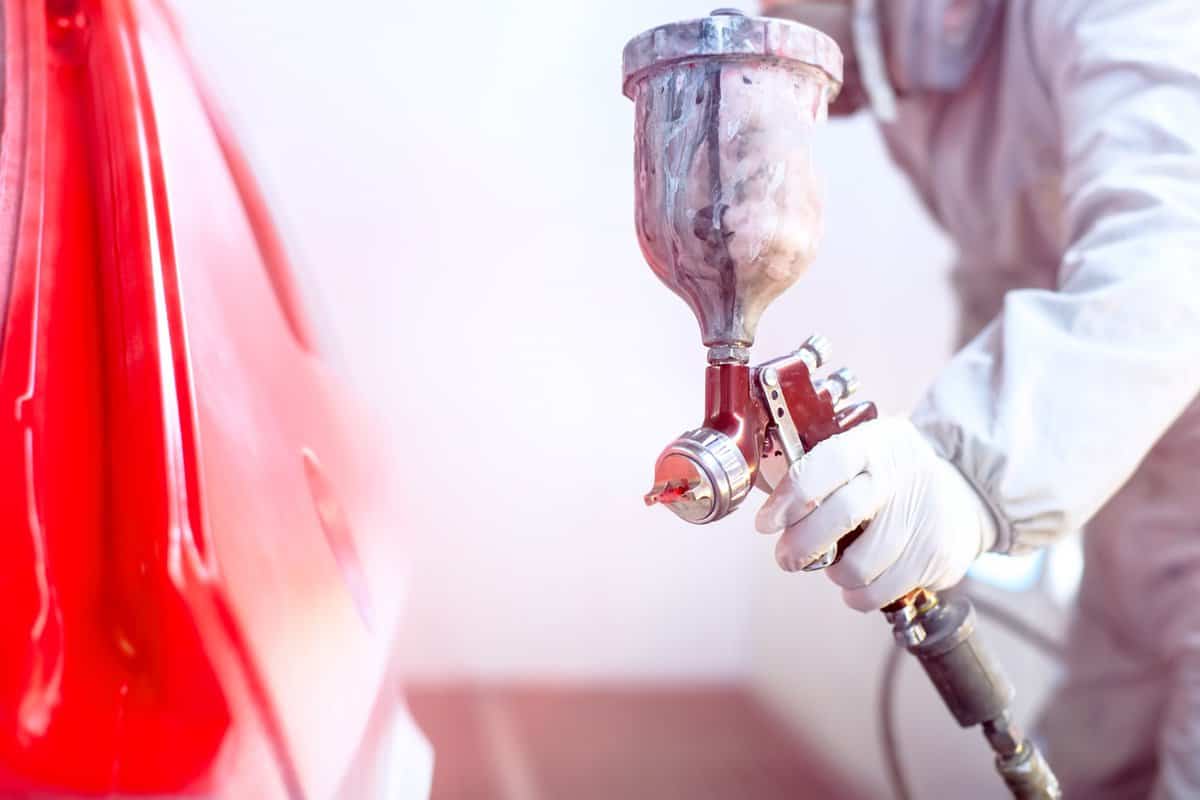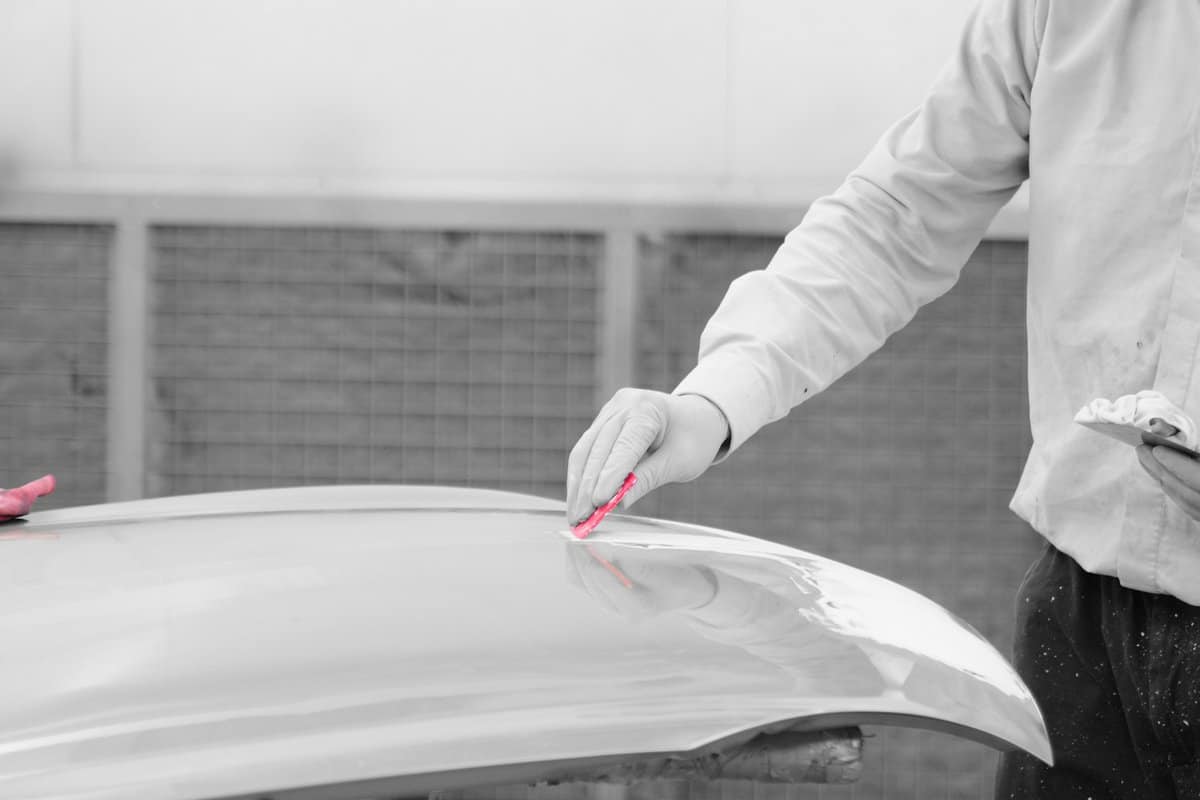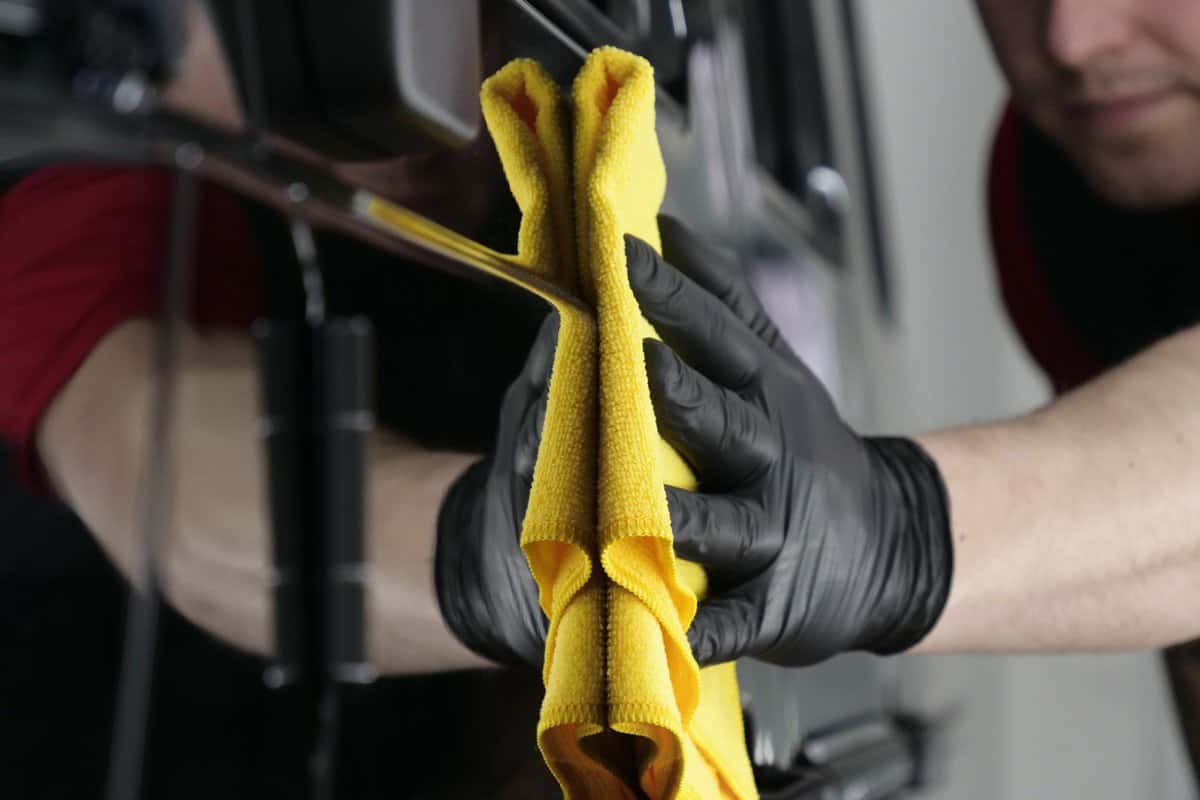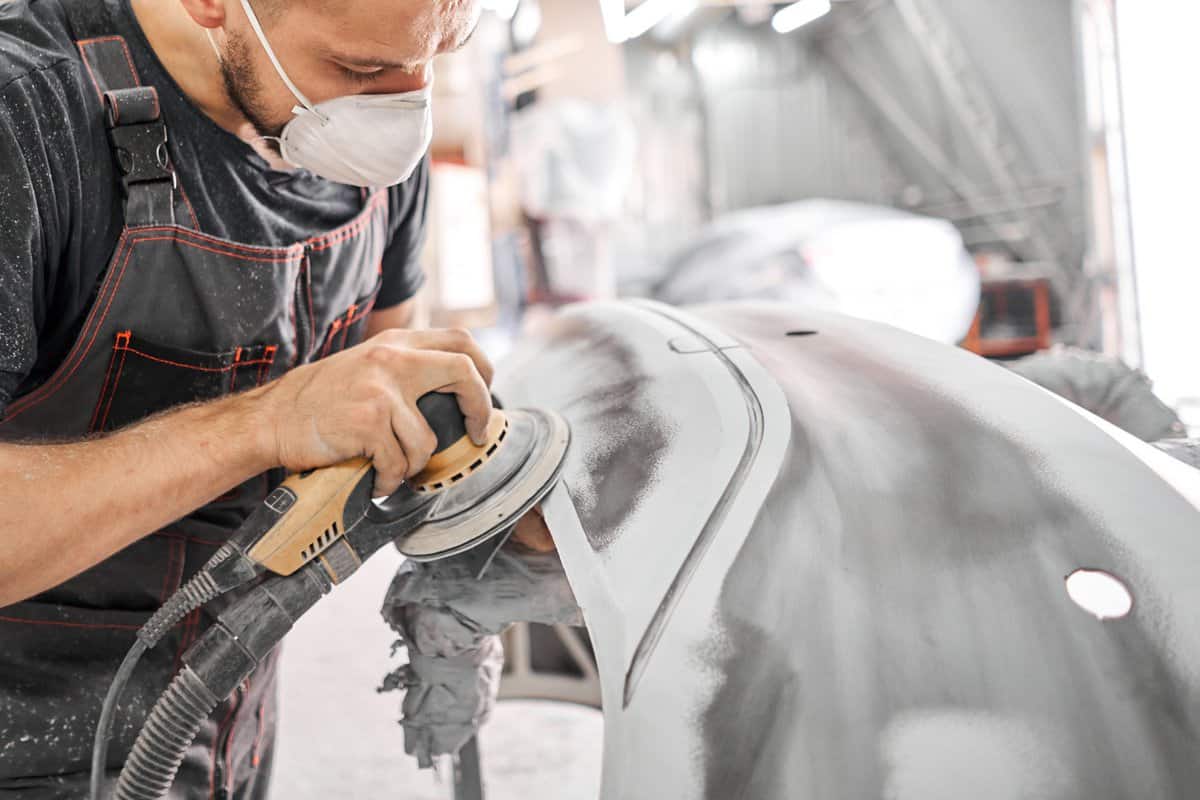You will eventually need to correct certain paint flaws on your vehicle, or you might decide to repaint your entire vehicle. And you might wonder, how much paint would you need? We researched how much paint cars or trucks of different sizes need, and here is what we discovered.
Small-Sized Vehicles:
- For small vehicles, you usually need 2 quarts of paint to cover the whole vehicle.
- However, if you're changing the color, you might need 1 gallon of paint.
- Additionally, for the inexperienced painter, it might take 3 quarts to finish the task.
Medium-Sized Vehicles:
- A good rule of thumb for vehicles of this size is 3 quarts. But this amount can change depending on some factors.
- If you're inexperienced in painting cars, you might need an additional quart of paint.
- Should you decide to change color, you need 2 gallons of that paint.
Large-Sized Vehicles:
- 1.5 to 1.75 gallons of paint is enough for this vehicle size.
- However, changing your car's color might require an additional 1-1.25 gallons of paint.
- Inexperienced car painters may take up to 2 gallons of paint.
Keep reading as we discuss the factors you should consider before deciding to paint your car. Additionally, we'll cover the necessary preparatory steps needed before you can proceed to the painting task. We'll also give you the types of paints you should use and how many coats you need to apply.
![The mechanic works with a grinding tool. Sanding of car elements. Garage painting car service. Repairing car section after the accident - How Many Gallons Of Paint Do I Need To Paint A Car Or Truck [By Size Class]](https://vehq.com/wp-content/uploads/2022/11/The-mechanic-works-with-a-grinding-tool.-Sanding-of-car-elements.-Garage-painting-car-service.-Repa.png)
How Thick Should A Car Paint Be? [How Many Coats You Should Apply]
The paint thickness of most modern cars varies from 2.6 mils to 7.8 mils.
The primer coat, which is the first layer to be applied, has a thickness range of 0.32 mils to 1.52 mils. The next layer, which is the base color coat that gives your car the final color, is usually 0.46 mils to 1.53 mils thick.
The last and thickest layer, which is the clear coat, has a thickness between 1.52 mils and 4.08 mils. This layer protects your base paint from UV damage and oxidation.
So if you notice that the thickness of your car paint is greater than the acceptable range, it can mean that it has been repainted.
When it comes to the number of coats you should apply, two coats are enough for the primer. While the base paint needs three coats and another three coats of clear coat to complete the painting job.
How Many Cans Of Aerosol Spray Paint Do You Need To Paint Your Car?
On average, 20 spray cans are enough to paint your car. However, it still depends on your car size.
- For small-sized vehicles, you should expect to use about 8 to 12 cans of 500 mL aerosol spray paint.
- If you have a medium-sized car, expect to consume up to 15 cans of 500 mL aerosol spray paint.
- Vans and trucks require more cans. You need about 22 to 25 cans of 500 mL aerosol spray paint to cover a van and 12 cans for pickup trucks.
However, you need to remember that the figures mentioned above can change. You have to consider the details of your car such as its model, make, year, and color to estimate how many cans of spray paint you need.
What Factors Should You Consider Before Painting Your Car?

There are numerous factors to take into account if you consider getting your car painted. Because it is so expensive, choosing to repaint your car or truck should be a serious decision. Here are some of those factors:
- Cost. It's wise to research the market value of your car or truck before making a choice. A paint job could potentially cost as much as 25% of the car's value. In this case, it may or may not be worth the expense.
- Color. Changing the car's color poses a host of additional considerations. Not least of which, it might be helpful to know that a color change will be more expensive since it does require more paint.
- Paint Type. There are many paints available for this job, and using lower cost paints often produces lower quality outcomes. Paint features include color, quality, and the level of preparation required.
- Quality. Before deciding to paint, you should ask yourself, should you do it or should you let a professional do the job? This certainly impacts the quality of the paint job so you must think about it carefully.
- Preparation. Good preparation makes a good painting finish. Some low-end shops don't put much effort into the preparation. On the other hand, high-end shops tend to focus more on the preparation than the actual painting job as time spent preparing ensures the best result.
Steps To Properly Prepare A Vehicle Before Painting
As mentioned, it is better to let a professional do the job. But if you want to do it yourself, you can.
Before you start coloring your vehicle with paint, having good preparation is a must. Here is a detailed guide on how to properly prepare the vehicle surface before painting it:
1. Repair The Dents
You must first take a good look for dents throughout your vehicle. You should consider even the most minor dents to have a perfect and smooth finish.
- With a hot glue gun and an appropriate-sized suction cup, adhere the suction cup to the dent's center, then wait for one to two minutes for the glue to dry.
- Pull the surface hard but gently until it assumes its natural shape.
You can find a dent repair kit to repair small dents in any auto supply store and even online! However, if the dents are in the trunk, hood, or rear panels, you can use a hammer to pound the dents out.
Click here for this product on Amazon!
2. Apply Body Filler And Smoothen The Hardened Surface

On a cutting board or piece of leftover cardboard, combine your filler material until it resembles cream.
Afterward, apply it to any irregularities in the car's body using a clean spreader or buffing pad. As a result, a smooth, level painting surface will be produced. It will assist in filling in these areas.
Wait for 10 to 30 minutes for your filler to harden. Always remember not to touch the putty while it cures to avoid smudging.
Sand the putty with a piece of 150- to 180-grit sandpaper after it has had time to fully cure. To achieve a flawless finish, be sure to sand by combining circular, lateral, and any other possible sanding motions.
Click here for this product on Amazon!
3. Remove The Existing Paint From The Vehicle's Surface
To scuff up the exterior surface, move your sanding block, with no more than 1,200 grit, in small circles over each area you intend to paint. It will now have exactly the right amount of texture to take a new coat of paint.
For large-scale paint removal, use an electric orbital sander. To ensure you're removing the same amount of paint from every area of the car's exterior, use even pressure. Every time you make a pass, the old paint will start to fade a little more.
Click here for this product on Amazon.
Stop sanding and check the surface you're working on. You haven't removed enough of the original finish if there are still shining spots or bordered paint lines.
Keep sanding until the paint will adhere enough to the surface once you apply it.
However, if your trying a new paint color, remember to sand it down until you see the bare metal surface of the car. This way, you can ensure that the old paint won't show when you apply the paint.
4. Wipe The Surface Clean

After you've completed removing the previous paint, wet a lint-free shop cloth and wipe it over the outside of your car to remove the sanding dust.
After that, use a fresh chamois or microfiber cloth to pat the area dry.
5. Prime The Surface To Be Painted
- Cover the areas you don't want to taint with a primer with masking tapes and old newspaper or plastic sheets.
- Use a sprayer to expedite and aid in better distribution of the initial layer of automotive primer.
- Pull the trigger to start releasing the primer while maintaining a distance of 6"-8" between the sprayer's nozzle and the surface of the car. To achieve even coverage, slowly sweep the sprayer across the surface you're painting.
- Before sanding and adding more coats, it's crucial to give your initial coat ample time- usually 20 minutes to an hour- to dry completely. The majority of primers are designed to dry in 30 to 45 minutes and be ready for sanding in an hour or so.
- Manually sand any rough or uneven areas in the primer you might detect with 1,200-grit sandpaper.
- For a consistent finish, prime and sand one or two additional times. Be careful to give each of your subsequent applications an entire hour to dry before sanding or applying the following coat.
After you followed all the steps, your car is now ready to be painted
In Summary
Painting your vehicle may require at least 2 quarts up to 2 gallons depending on the size of your vehicle. Additionally, factors such as experience and the number of coatings also influence the volume of paint you need.
However, if you value the quality and want to get your money's worth, it would be best to let a professional handle the job.
If you enjoyed this post, you can check out these related articles:






